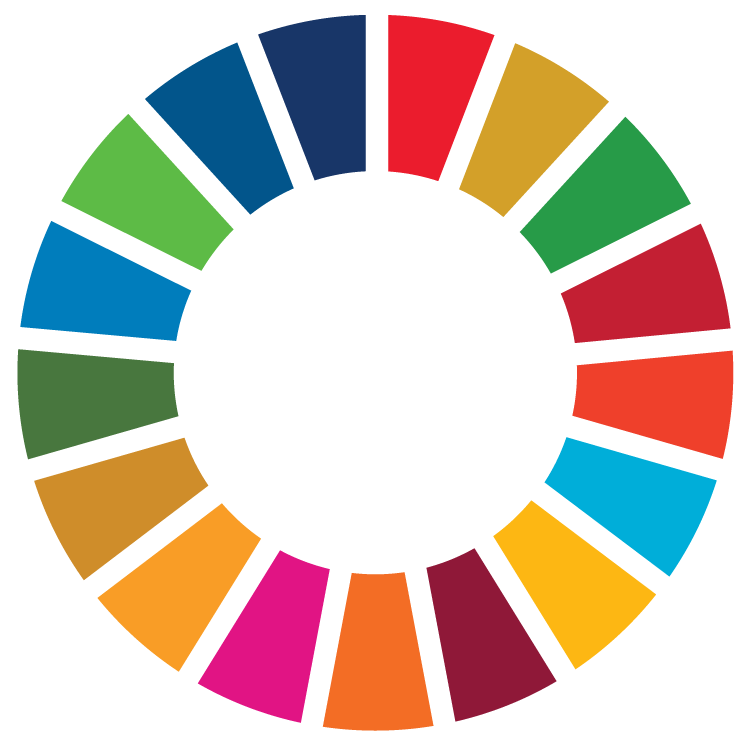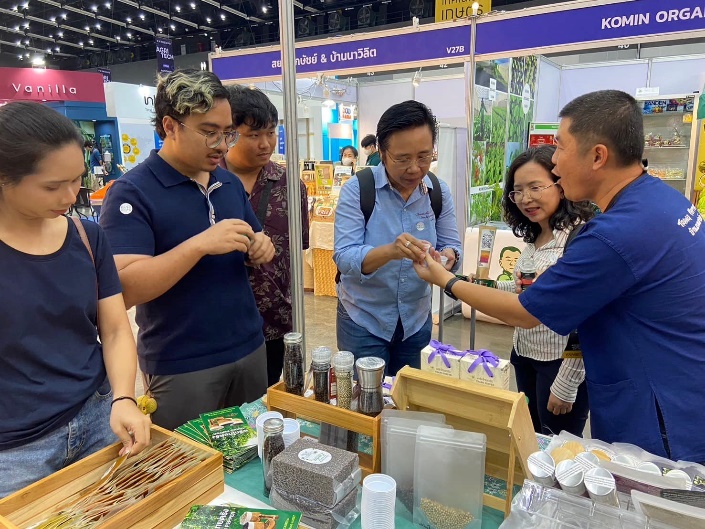Reporters: Asst.Prof.Dr. Prapot Maliwan
Assoc.Prof.Dr. Pornsil Seephueak
Asst.Prof.Dr. Nion Chirapongsathonkul
Asst.Prof.Dr. Worawitoo Meesook
Evidence Date: during 2024 Jan-Dec
Related SDGs: 15
Related Indicators: 15.3.5
Details:
Dr. Prasert Nonthakarn from the Faculty of Science and Technology, Rajamangala University of Technology Srivijaya, has conducted important research on avian fauna in Thung Song Municipality. The study aims to document bird diversity, observe population trends, and evaluate the role of birds as ecological indicators. Birds are among the most visible and significant components of biodiversity, acting as pollinators, seed dispersers, and controllers of insect populations. Through this research, emphasis has been placed on understanding the connections between urban green spaces, limestone hills, and the bird communities that inhabit them. An equally important goal has been to share this knowledge with local residents, making conservation more meaningful by linking it to their everyday environment. Dr. Prasert designed the research in a way that combined scientific surveys with educational outreach, so data collection also became a tool for community learning. Teachers from municipal schools were invited to join the surveys, helping to bridge the gap between classroom lessons and real-life ecological experience. The research not only highlights the importance of birds to ecosystems but also sets a foundation for biodiversity planning in Thung Song Municipality.
In this project, students and teachers worked side by side with researchers during birdwatching activities. Guided field walks were organized in both urban parks and areas close to limestone hills, providing participants with opportunities to see different species in their natural habitats. Binoculars and field guides were used to help identify species such as Brown-throated Sunbird, Blue-throated Bee-eater, Blyth’s Paradise-flycatcher and Greater Racket-tailed Drongo, making the activity interactive and educational. These sessions were not limited to scientific identification but also included discussions on the ecological services birds provide, such as pest control and seed dispersal. By learning about birds directly in the field, students gained not only scientific knowledge but also personal appreciation for local biodiversity. Teachers also learned new ways to integrate birdwatching into their curriculum, encouraging them to continue these activities after the project. The active role of students in recording and reporting sightings built a sense of ownership and responsibility toward conservation. This participatory method ensured that birdwatching was not just an academic exercise but also an enjoyable experience that deepened connections to nature. The project showed that when young people are actively involved, they become powerful voices for protecting biodiversity.
A special feature of this research was the involvement of local community members who joined the birdwatching sessions. Residents of Thung Song city, including parents, elders, and youth groups, took part in these activities, transforming the research into a collective effort. Their participation reinforced the idea that conservation is not only the responsibility of scientists but a shared duty of the entire community. The knowledge gained during the project was linked to everyday life, such as recognizing how birds help control agricultural pests or signal changes in the local environment. By involving people directly, the project created a stronger awareness of the importance of protecting habitats within the city, including urban trees and nearby limestone ecosystems. This approach reflects the principle of community-based conservation, where awareness and action are rooted in local involvement. As a result, people who joined the birdwatch activities became more motivated to protect natural spaces in their neighborhoods. The collaboration between Rajamangala University of Technology Srivijaya, schools, and the community set a strong example of sustainable biodiversity management. Ultimately, this research and outreach initiative demonstrated that bird conservation in Thung Song can only be successful through shared learning and collective action.
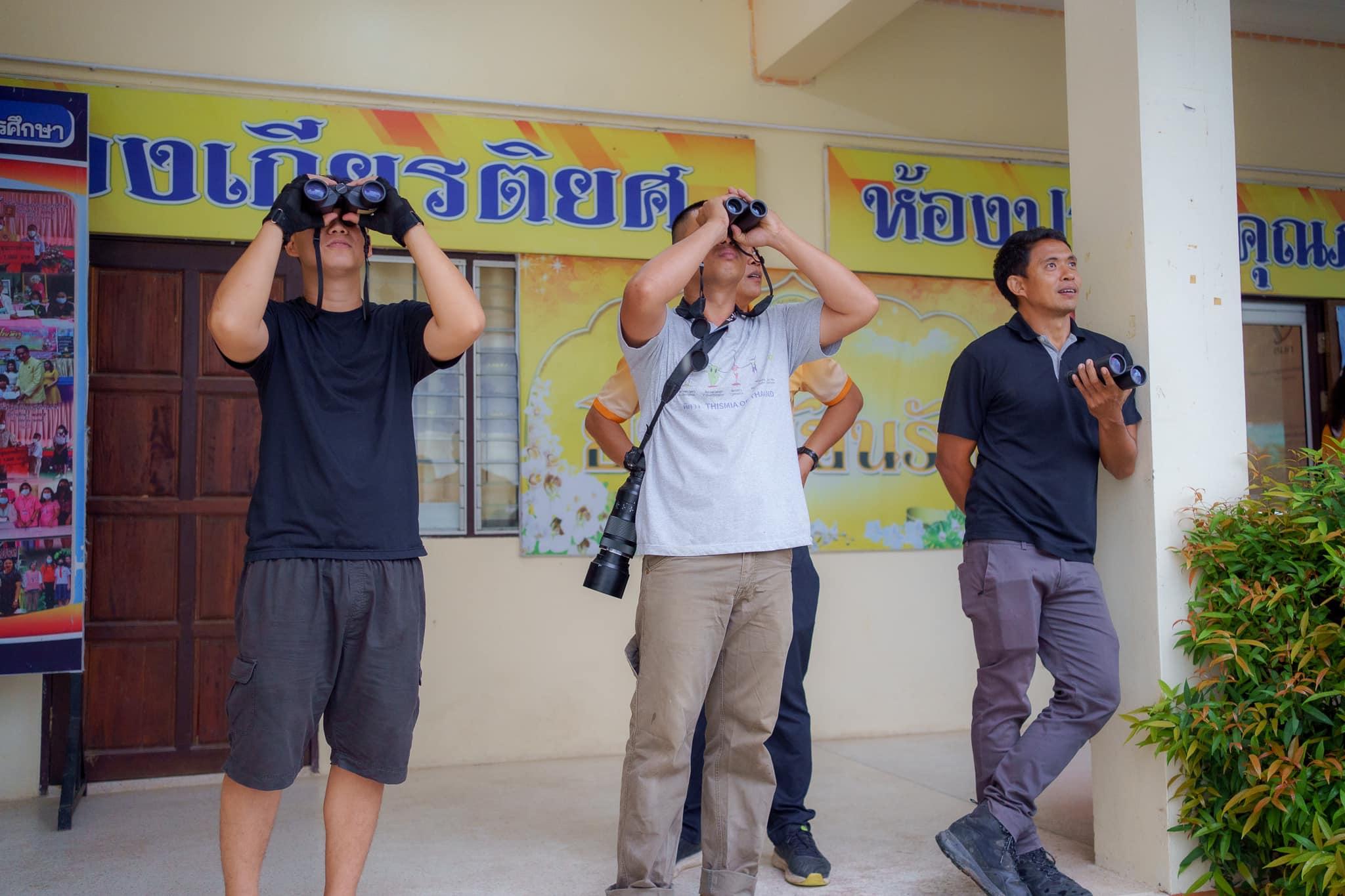
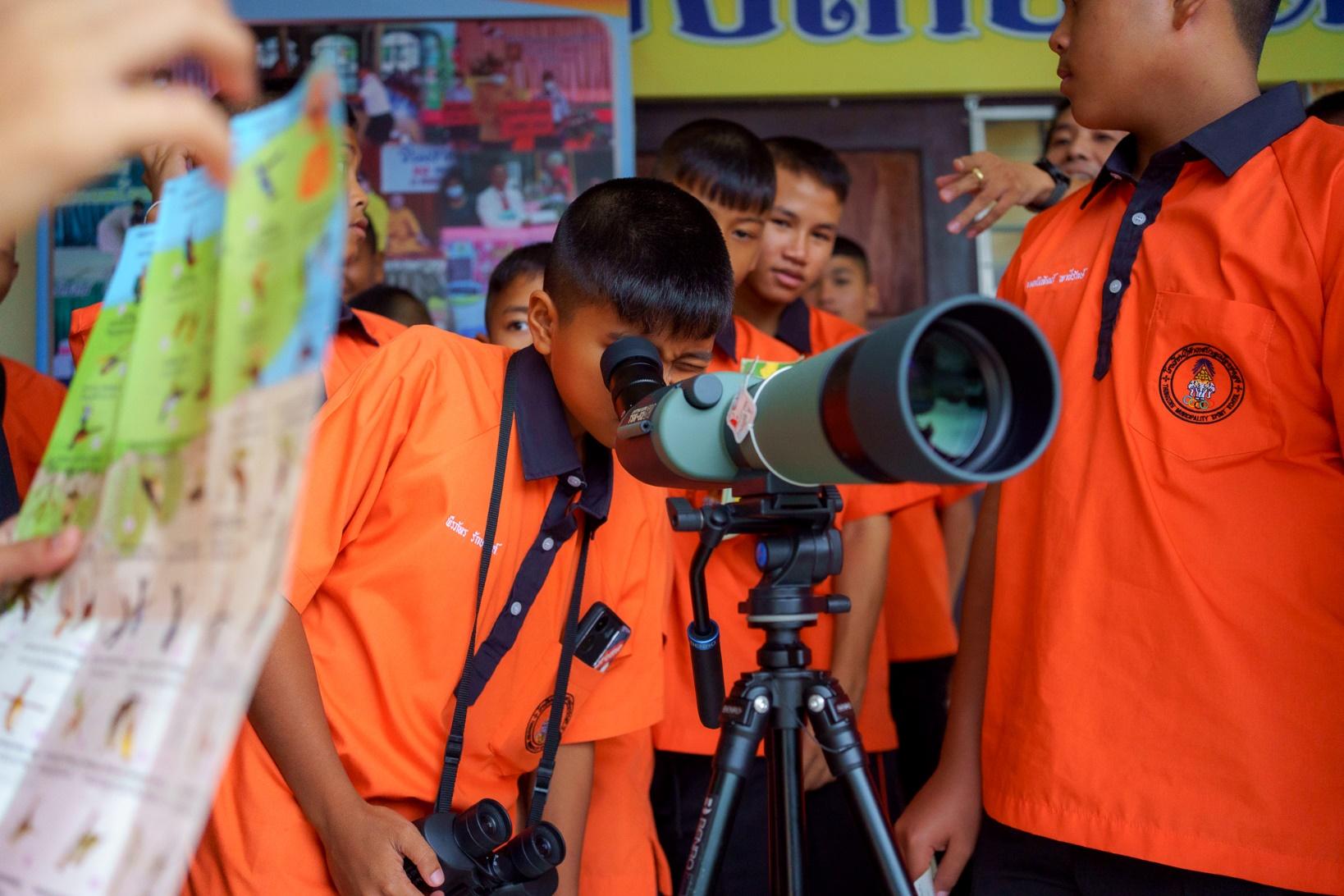
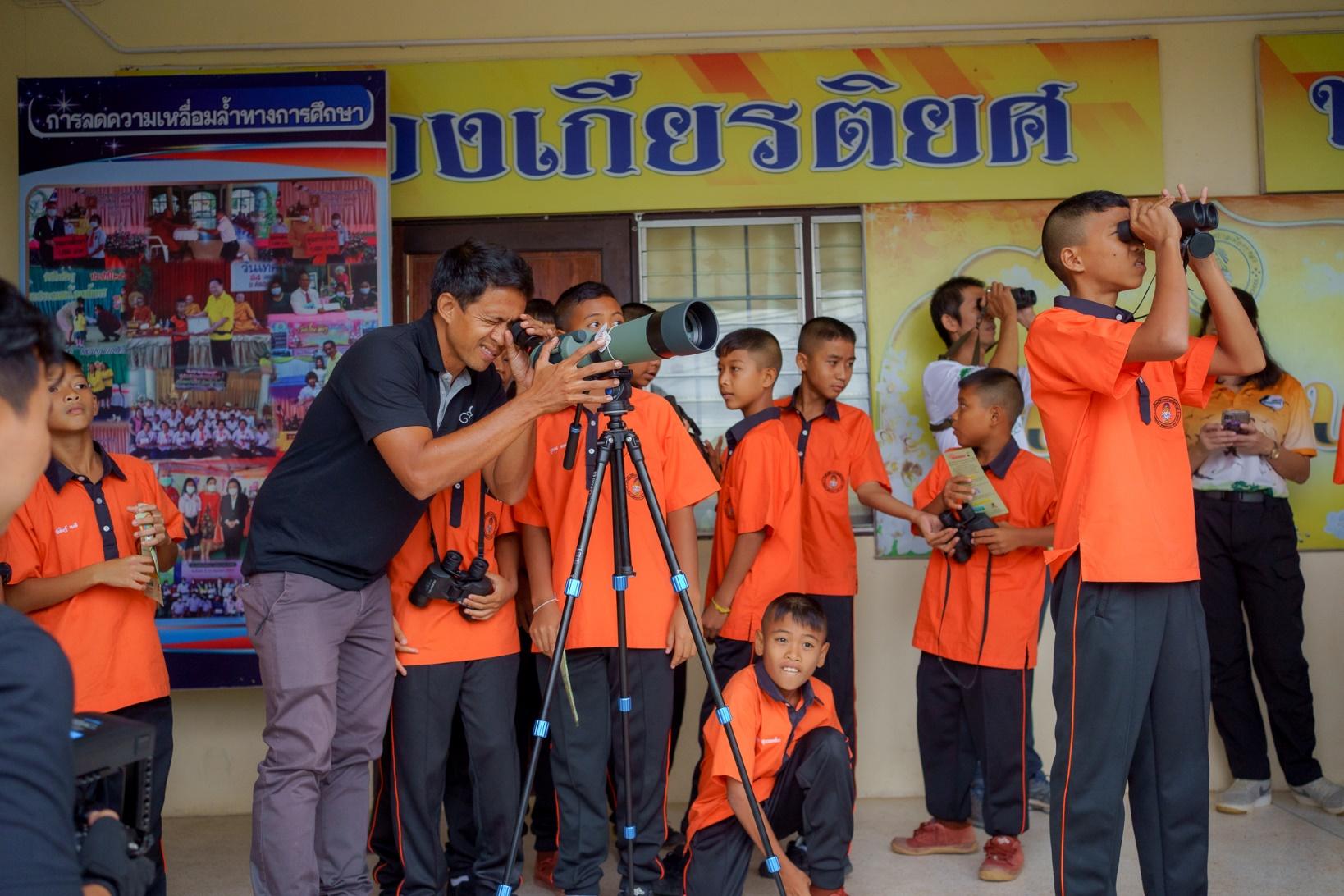
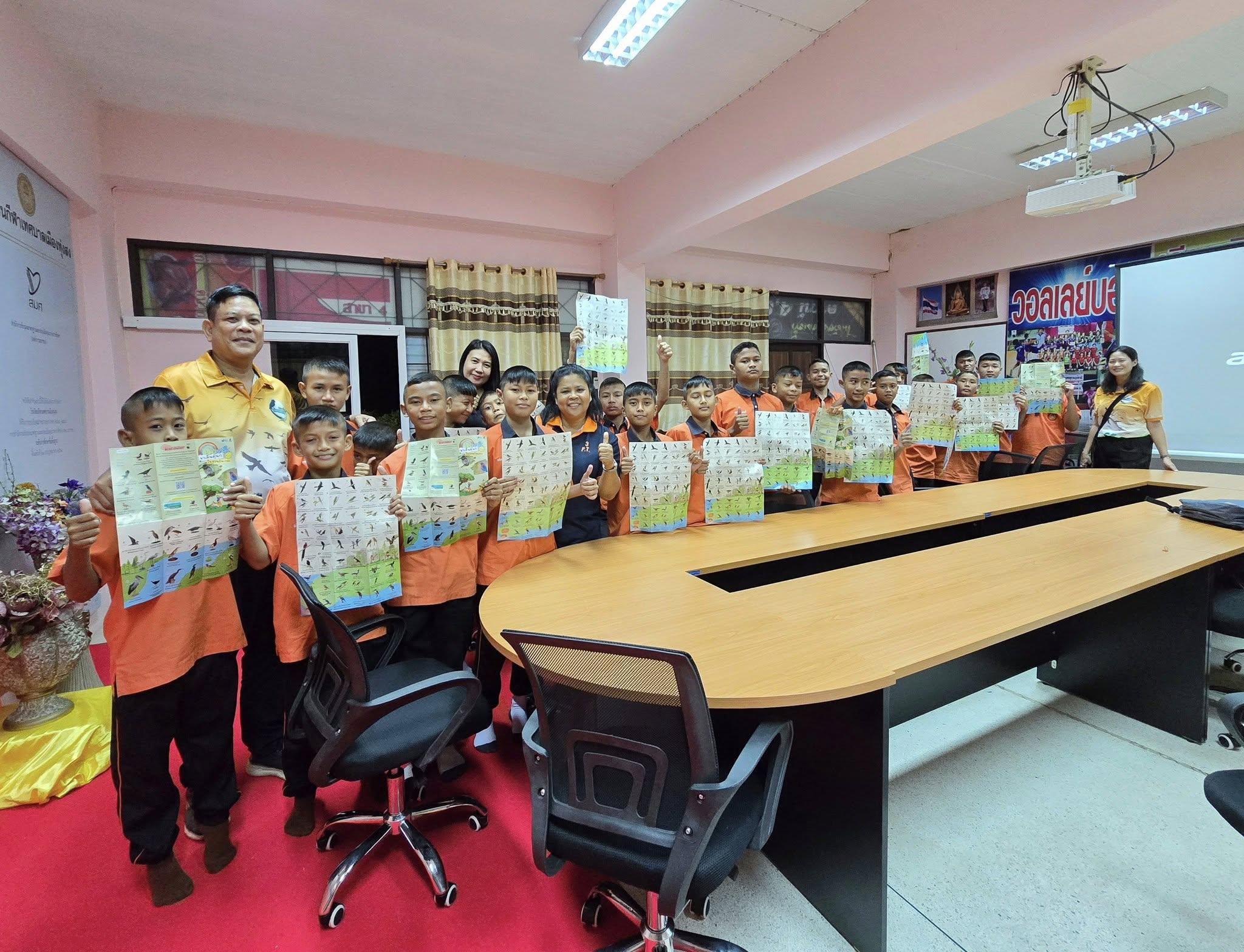
Related Links:
